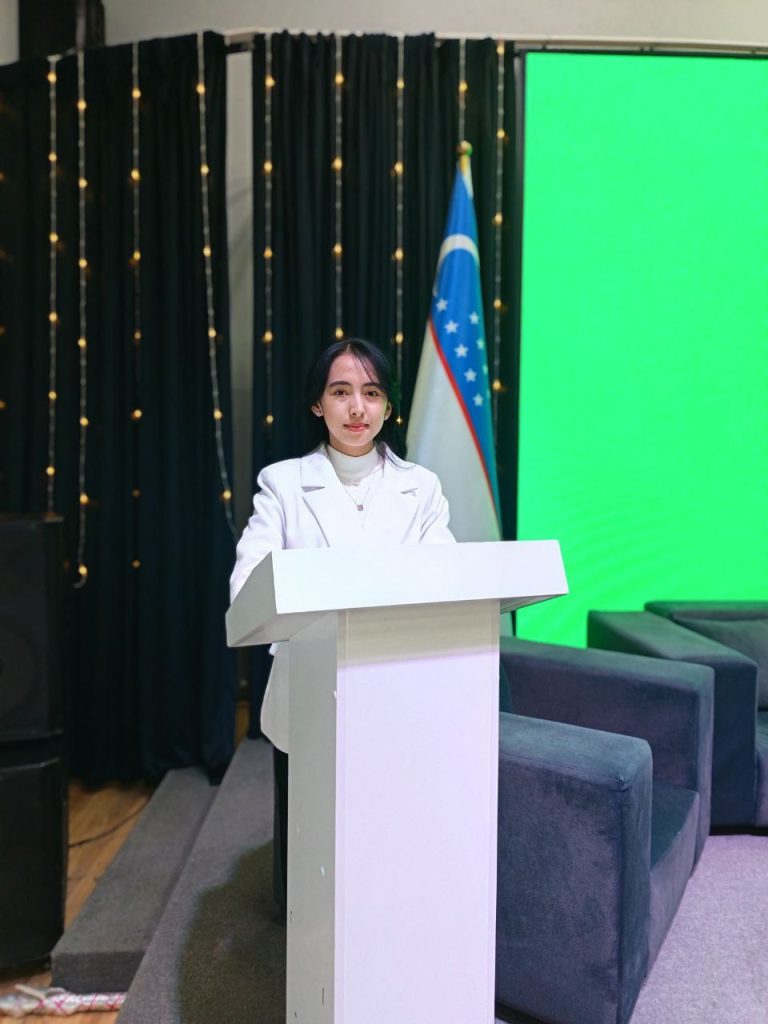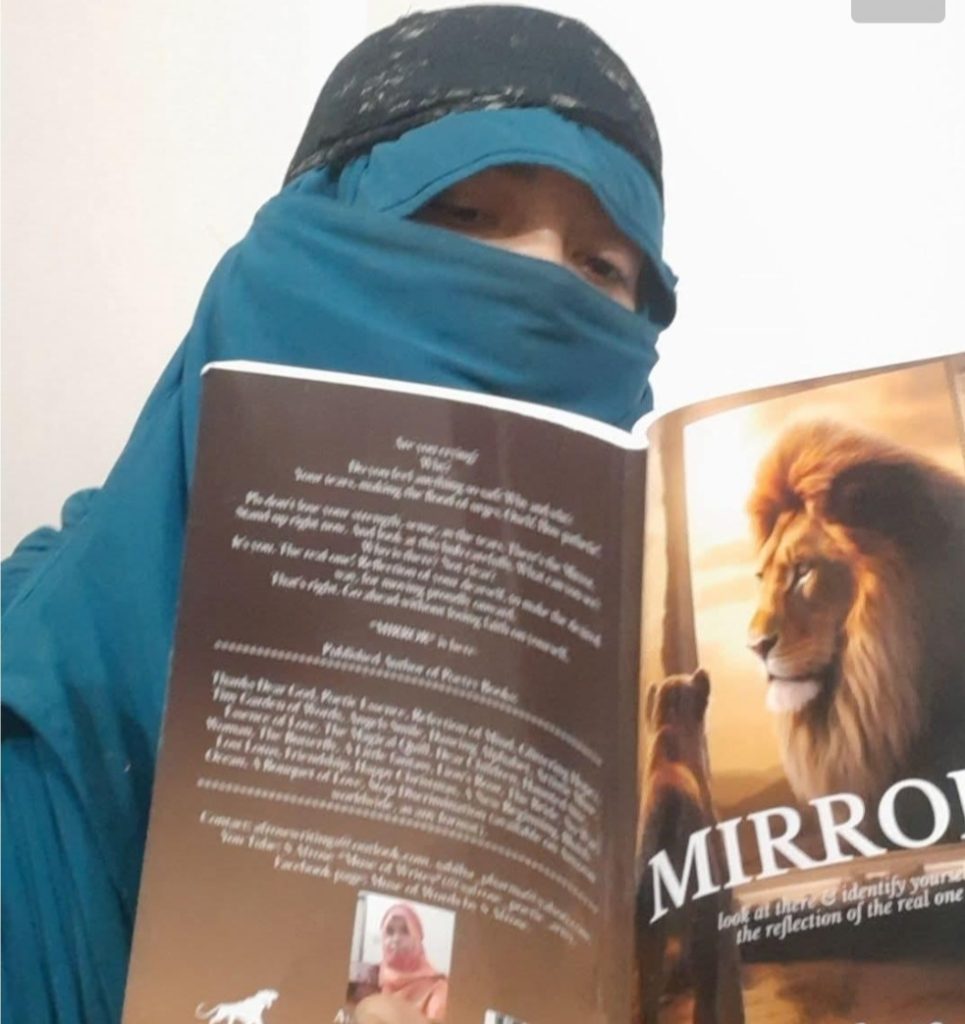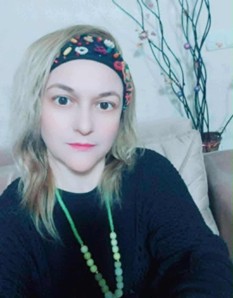
The role of English in tourism
Ubaydullayeva Saodat
1st-year student, Faculty of English Philology, Uzbekistan State University of World Languages
Annotation
In today’s era of globalization, tourism occupies a special place among the most developed and profitable sectors. This article provides information about the role of the English language in the development of international tourism.
Keywords.
English, tourism, development, culture, communication, language
Introduction
Today, the tourism sector is developing rapidly throughout the world. The increase in the number of tourists and the strengthening of cultural and economic ties between countries also increase the demand for qualified specialists in this field. This process is directly related to foreign languages, especially English.
Main part
English is not only a means of communication but also the heart of the modern tourism system. It is known that English is not only an international language but also the native language for half of the world’s population. From this, we can see that English is the most widely spoken language in the world. The main goal of tourism is to provide high-quality services to tourists from different regions. For this reason, it is important and mandatory for tourism industry employees – guides, administrators, transport drivers, restaurant and office workers – to know foreign languages. Because employees who can communicate in a foreign language improve the quality of service, increase the number of tourists, positively affect the country’s reputation, and enhance the overall service quality. Therefore, knowledge of foreign languages – particularly English – ensures the sustainable development of tourism and its competitiveness in the international arena. It is no coincidence that many countries of the world do not recognize English as the “language of international communication.” It should be noted that almost every tourist traveling internationally first asks for help in English.
Advertising banners, websites, brochures, orders, and invitations are often made in English. The reason for this, of course, is that this language has an audience of global speakers. Tour companies with employees with excellent language skills are always among the top positions. And allows you to attract a large audience around the world. After all, tourists primarily pay attention to information in a language they understand.It is vital to have a general understanding of English when referring to routes, safety regulations, evacuation instructions, and providing and requesting medical assistance. The information provided to guests of standard service processes, I mean, they, the definitions – all are in hegemonic languages in order to adapt to international standards. International flights and services at international ports are also conducted in English. If there are no misunderstandings from travelers during the trip, no difficulties related to language, and if tourists are satisfied with the trip, repeat visits will increase. Forms a positive image of the regions
Additionally, regardless of your field, having a solid knowledge of foreign languages, particularly English, is the key to securing a well-paid, prestigious job with a welcoming atmosphere in the tourism sector. This includes positions in hotels, airlines, travel agencies, and at international meetings and events.
With the help of the English language, it becomes easier to understand other cultures, customs, and values, as well as to establish good relationships with tourists. Knowledge of English not only facilitates communication but also fosters mutual understanding, respect, and cultural exchange between different peoples. This is the main strength of tourism – bringing the peoples of the world closer together. Language serves as a bridge in this process. The majority of today’s global media and Internet platforms operate in English.
This strengthens the role of the English language in introducing national cultures to the world. The publication of English catalogs, guides, and articles about historical monuments, along with the maintenance of YouTube channels and Telegram blogs, serves as the primary focus for promoting cultures. In the process of explaining pilgrimage sites, mausoleums, historical buildings, works of art, museums, and mosques, there are many special concepts. While their correct translation and interpretation in English is important for conveying the true meaning of the culture without distortion, understanding and speaking English makes these processes easier and makes the journey meaningful. The soft power of states is manifested through cultural diplomacy. Foreign tourists get their first impressions of countries through cultural heritage and communication with people.
Conclusion
In the sphere of tourism, the role of foreign languages, including English, is invaluable. Because in this field, there is a high demand for qualified personnel who are fluent in foreign languages. If we want to travel the world, discover new knowledge and places, stay informed about news, we need to learn English. We know that they are the first to tell the world about events in English. Moreover, the Uzbek people don’t say in vain: “A nation that knows a language knows.”
References
1.https://www.cbi.eu/market-information/tourism/how-manage-risk-tourism


 Christmas Love !
Christmas Love !